Fossil Gen 6 Wellness Edition vs. Fitbit Sense 2
Will the Fossil Wellness app or Fitbit Premium app serve you better for getting healthy?
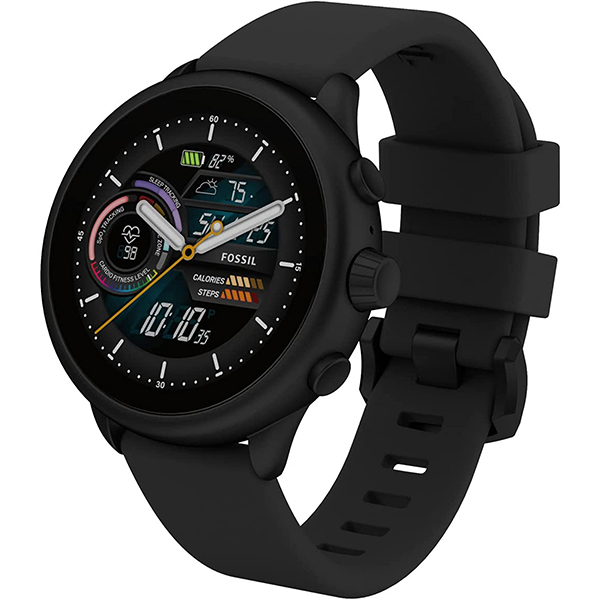
The Wellness Edition doesn't make too many changes over past Fossil Gen 6s, but it does give you more health and fitness data like VO2 Max and SpO2 data, plus auto-tracked workouts. The new addition of Wear OS 3 makes this watch future-proofed to last quite a while, and it should eventually receive Google Assistant support down the line. Its battery will let you down for long workouts, but it recharges so quickly that you can easily top it off before you start.
For
- Attractive stainless steel design
- Digital crown and buttons
- Ultra-fast charging
- Support for third-party apps
- Useful Wellness app for fitness tracking
Against
- Very short battery life
- New Wear OS 3 adds bugs, removes Google Assistant
- Only 3ATM water resistant
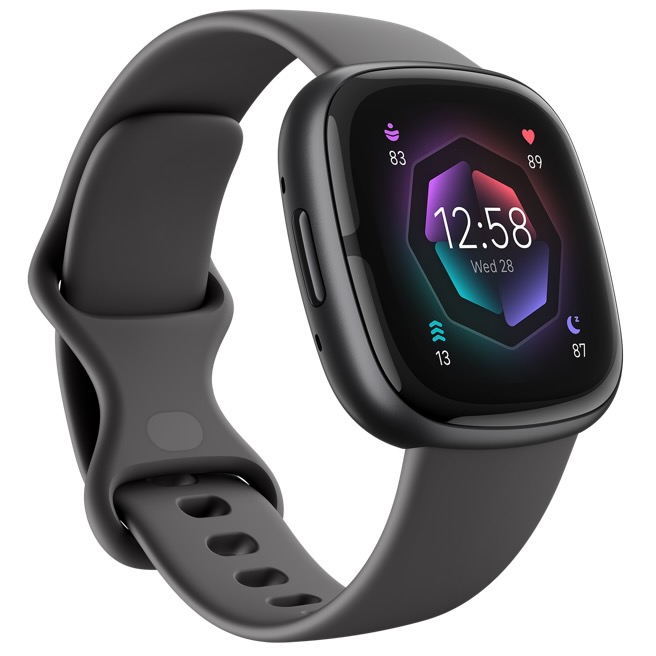
If you want total-body health data that informs you how you're improving or falling back from week to week, the Sense 2 is your watch. It has nearly every health sensor you could want, and with a free trial of Premium, it takes that data and tells you how you need to improve your sleep, stress levels, and so on. Just don't buy this expecting third-party apps or many uses outside of fitness.
For
- ECG, cEDA, skin temperature sensors
- 6 months' Fitbit Premium sub
- 6-day battery life
- HRV/ AFib detection
- Sports modes and guided workouts
Against
- Very limited software
- No music storage or controls
- Fitbit Premium cost adds up
In the past year, Fossil has released the Gen 6 in several variants, including Michael Kors, Skagen Falster, Razer x Fossil, and now the Gen 6 Wellness Edition. While they all have their own stylish spin on the same hardware, the Wellness Edition very clearly targets people hoping to get healthier. But with the same $299 price tag as the Fitbit Sense 2, it's up against some stiff competition.
Both watches work across iOS and Android — though Fossil's Wear OS 3 software syncs more directly with Android phones — and have automatic workout and sleep tracking. Fitbit gives its Sense 2 very few "smart" features but makes up for it with a plethora of health sensors and data. Fossil takes the reverse approach, offering a stripped-down fitness experience but a wide array of third-party apps. So choosing one or the other will depend on what you're looking for in a fitness smartwatch.
Fossil Gen 6 Wellness Edition vs. Fitbit Sense 2: Design and display
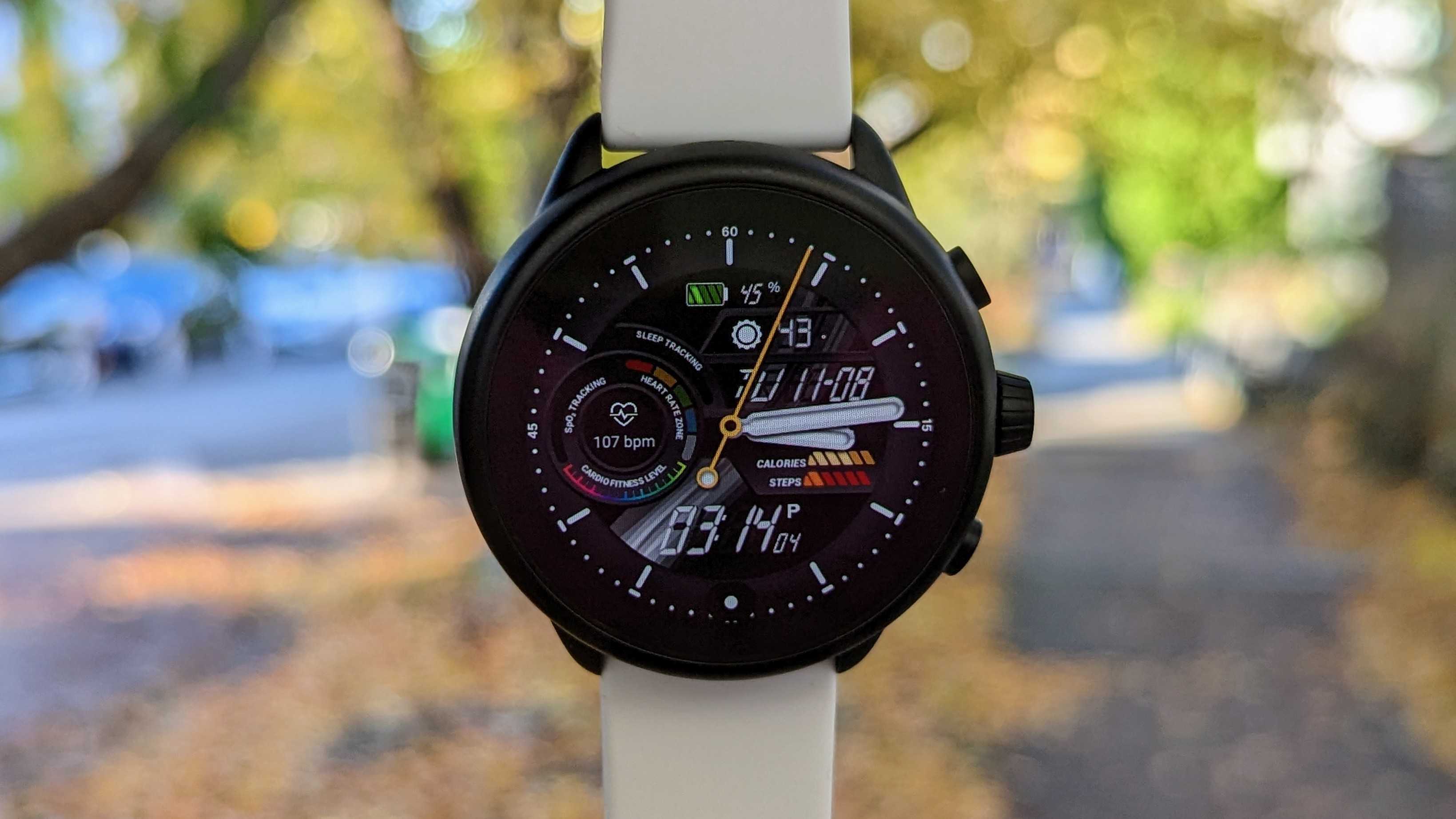
Plenty of people buy smartwatches as a status symbol, just as much as for health and fitness tracking. And when it comes to style, the Fossil Gen 6 Wellness Edition has most watches beat — even if the Fitbit Sense 2 isn't a slouch in this department, either.
Our Fossil Gen 6 Wellness reviewer praised its design as Fossil's "best," noting how the "stainless steel case features smooth, rounded edges that transition almost seamlessly to the display, which has fairly minimal bezels." Stainless steel gives the watch a premium feel, though it compounds the somewhat thick design to make it fairly heavy compared to other Android watches, especially compared to the thin Sense 2.
He also raved about the watch's 3-button layout, especially the rotating crown that makes navigating through menus "smooth as butter" and the "smoothest crown I've ever experienced on a smartwatch." You also have a touchscreen, but these give you tactile feedback for more precise navigation, especially while working out when sweaty fingertips can't be relied upon.
If the watch has a downside, it's in its limited protective features. It only has 3ATM water resistance, which technically means it withstands 30 meters of pressure but practically means it can only withstand rain and splashes and should never be dunked in water. Fossil also hasn't announced any sort of scratch-resistant protective coating, so you'll likely need a screen protector.
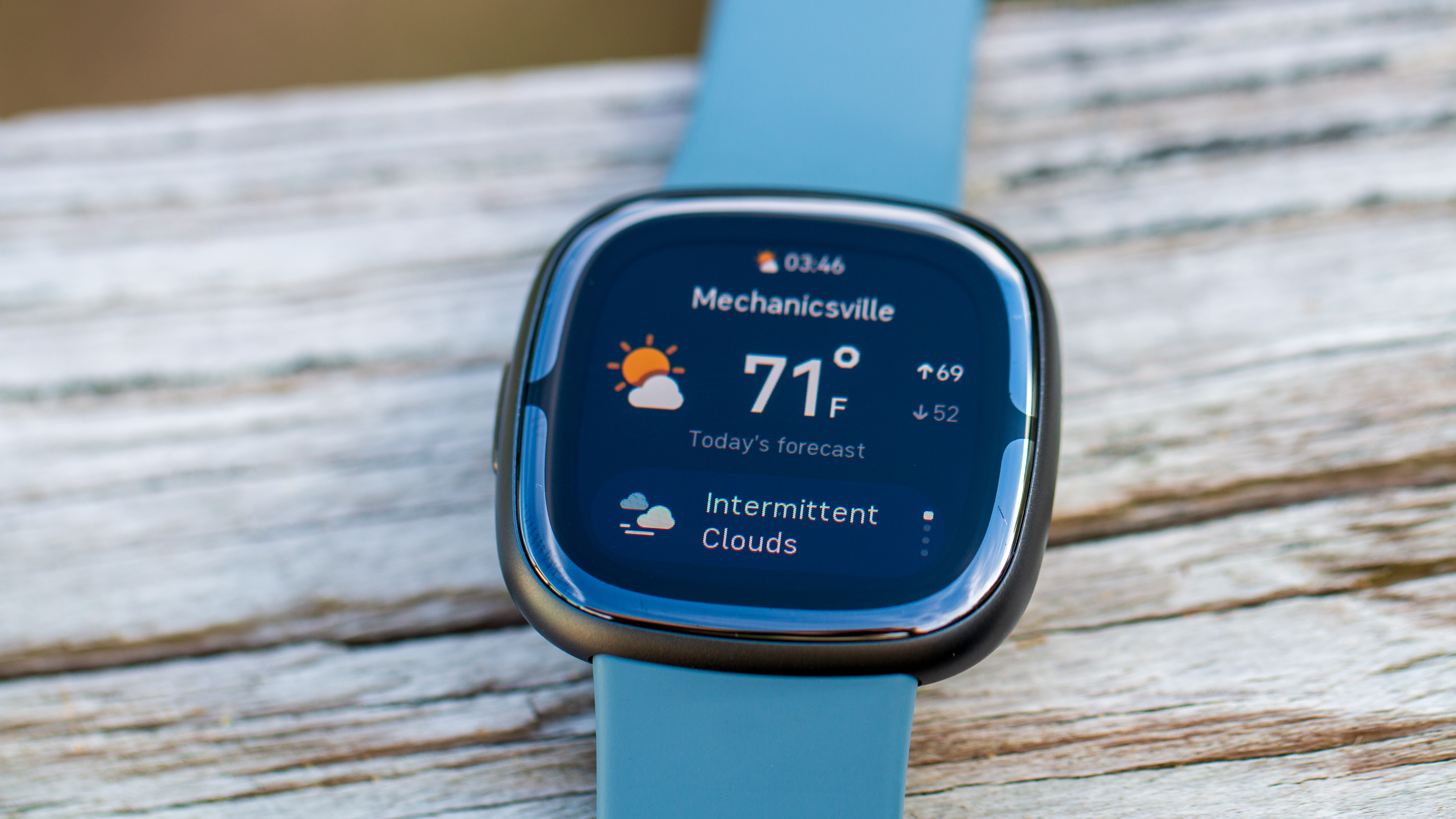
The Fitbit Sense 2 has the same squircle design with aluminum casing and rounded edges as the original Sense. The first-gen model had a capacitive touch "button" you squeezed to activate features, which we found finicky at best and unreliable at worst. Thankfully the Sense 2 added a thin physical button that works perfectly well. Still, you're mainly reliant on the touchscreen, which athletes may find unreliable compared to Fossil's array of crown and buttons.
It's difficult to directly compare the Sense 2 and Gen 6 displays because Fitbit didn't say how many pixels per inch (ppi) its watch has, while Fossil neglected to say how many nits of brightness its watch can reach. The Sense 2 hits 1,000 nits, a popular standard for most smartwatches, while its 336 x 336 resolution makes the text clear enough to read. The Fossil Gen 6 Wellness edition has a dense 416 x 416 resolution that delivers crisp animation and colorful app screens — but it might not be especially bright when used in direct sunlight.
Fossil Gen 6 Wellness Edition vs. Fitbit Sense 2: Hardware, sensors, and battery life
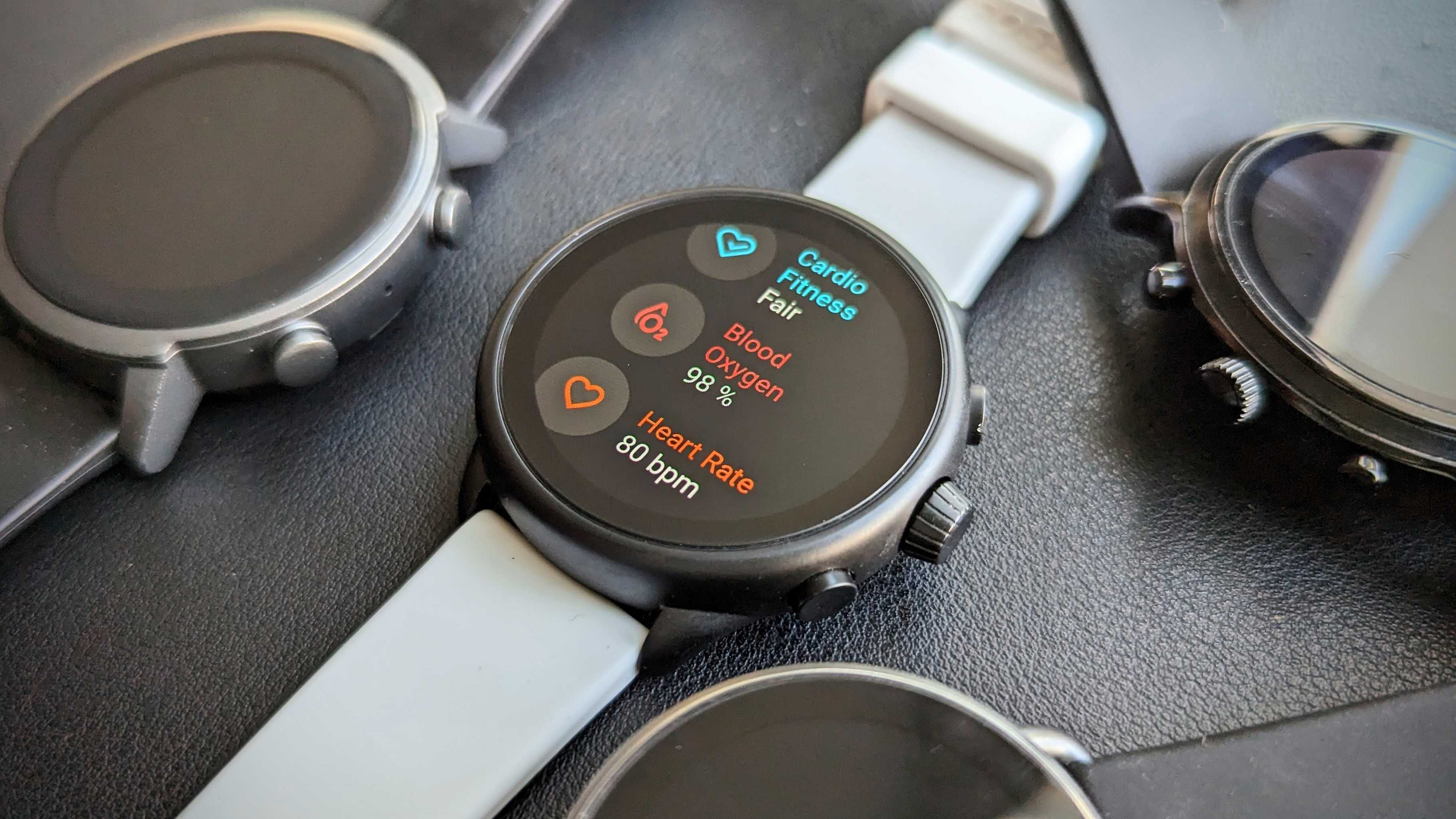
Fitbit maintains its popularity on the strength of its health sensors and Premium software, rather than relying on metrics other smartwatch brands brag about. Fossil has a fast processor, blazing charging speeds, and storage for apps and music, none of which Fitbit can claim with the Sense 2. But Fitbit wins the hardware battle in other ways, mainly for health data and battery life.
| Header Cell - Column 0 | Fitbit Sense 2 | Fossil Gen 6 Wellness Edition |
|---|---|---|
| Launch price | $299 | $299 |
| Display | 1.58-inch AMOLED (336 x 336) | 1.28-inch AMOLED (416 x 416), 326ppi |
| Brightness | Up to 1,000 nits | Unknown |
| Material | Aluminum | Stainless steel |
| Navigation | Touchscreen, one button | Touchscreen, one crown, two buttons |
| Processor | N/A | Snapdragon Wear 4100+ |
| Storage | N/A | 8GB |
| Battery | Up to six days | Up to 24 hours |
| Sensors | ECG, cEDA, skin temperature, optical heart rate sensor, gyroscope, 3-axis accelerometer, altimeter, ambient light sensor | Accelerometer, ambient light, barometer/altimeter, compass, gyroscope, heart rate monitor |
| Connectivity | Bluetooth 5.0, NFC, GPS + GLONASS, Wi-Fi (disabled) | Accelerometer, Altimeter, Ambient Light, Compass, Gyroscope, Off-body IR, PPG Heart Rate, SpO2 |
| Compatibility | Android or iOS (Amazon Alexa) | Android or iOS (Amazon Alexa) |
| Protection | 5ATM, IPX8, Gorilla Glass 3 | 3ATM |
| Size | 40.5 x 40.5 x 11.2mm | 44mm with 22mm straps |
| Weight | 37.6 | Unknown |
Starting with Fitbit's strengths, the Sense 2 has perhaps the best health sensor array on a fitness smartwatch, only rivaled by the Galaxy Watch 5. You have a reliable multi-path optical heart rate sensor that measures variability (HRV), warns you with high and low heart rate warnings, and checks for irregular heart rhythm (AFib). You can also spot-check your heart rhythm with the ECG sensor. The blood oxygen (SpO2) and skin temperature sensors check your body's health and give you more accurate sleep scores. And the cEDA electrical sensor measures skin conductance, continuously checking your body's stress levels.
By contrast, the Fossil Gen 6 Wellness only has an optical heart rate sensor and SpO2 sensor. Watches could make do with these two sensors a couple of years ago, but nowadays most lifestyle watch brands have at least added ECG, and you'd hope the "Wellness Edition" could have done so. Also, due to the watch's short battery life, it'll struggle with continuous heart rate and sleep tracking data without frequent charging.
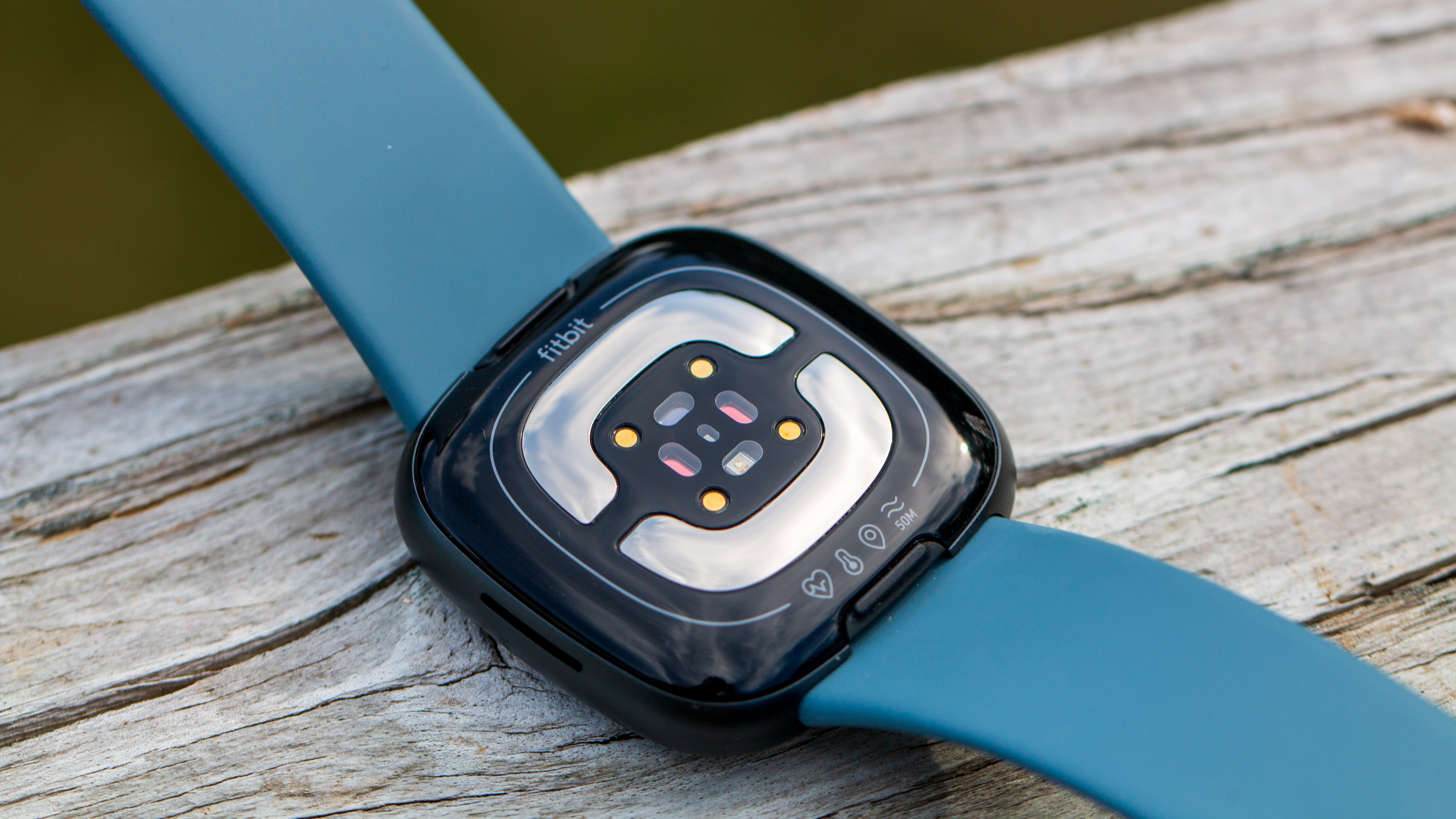
Fitbit estimates the Sense 2 will last 6 days with standard use or across 5 hours with continuous GPS and heart rate data. Frankly, the latter isn't ideal for anyone who wants a watch for all-day cycling or marathoning. But our Sense 2 reviewer found it lasted him about four days with heart rate tracking and a couple of GPS-backed workouts, which is still far superior to what any Wear OS watch could do, including the massive Galaxy Watch 5 Pro that barely hits three days.
On the complete opposite of the spectrum, the Fossil Gen 6 Wellness Edition can barely last a full day even with light use, and will quickly burn through its capacity with GPS tracking. Sleep tracking only burns through about 15%, but the Wear 4100+ trades battery life for performance, so you have to accept that trade-off to get access to a wide range of Wear OS apps.
Thankfully, the Fossil Gen 6 series counteracts its own short battery life with extremely fast charging, taking the watch from empty to full "in almost no time at all" according to our reviewer. On the flip side, the Sense 2 takes two hours to recharge. So if you're ever about to go for a run when your watch is running low, you can top off your Fossil and get going much faster than you could with your Fitbit.
Fossil Gen 6 Wellness Edition vs. Fitbit Sense 2: Software and fitness
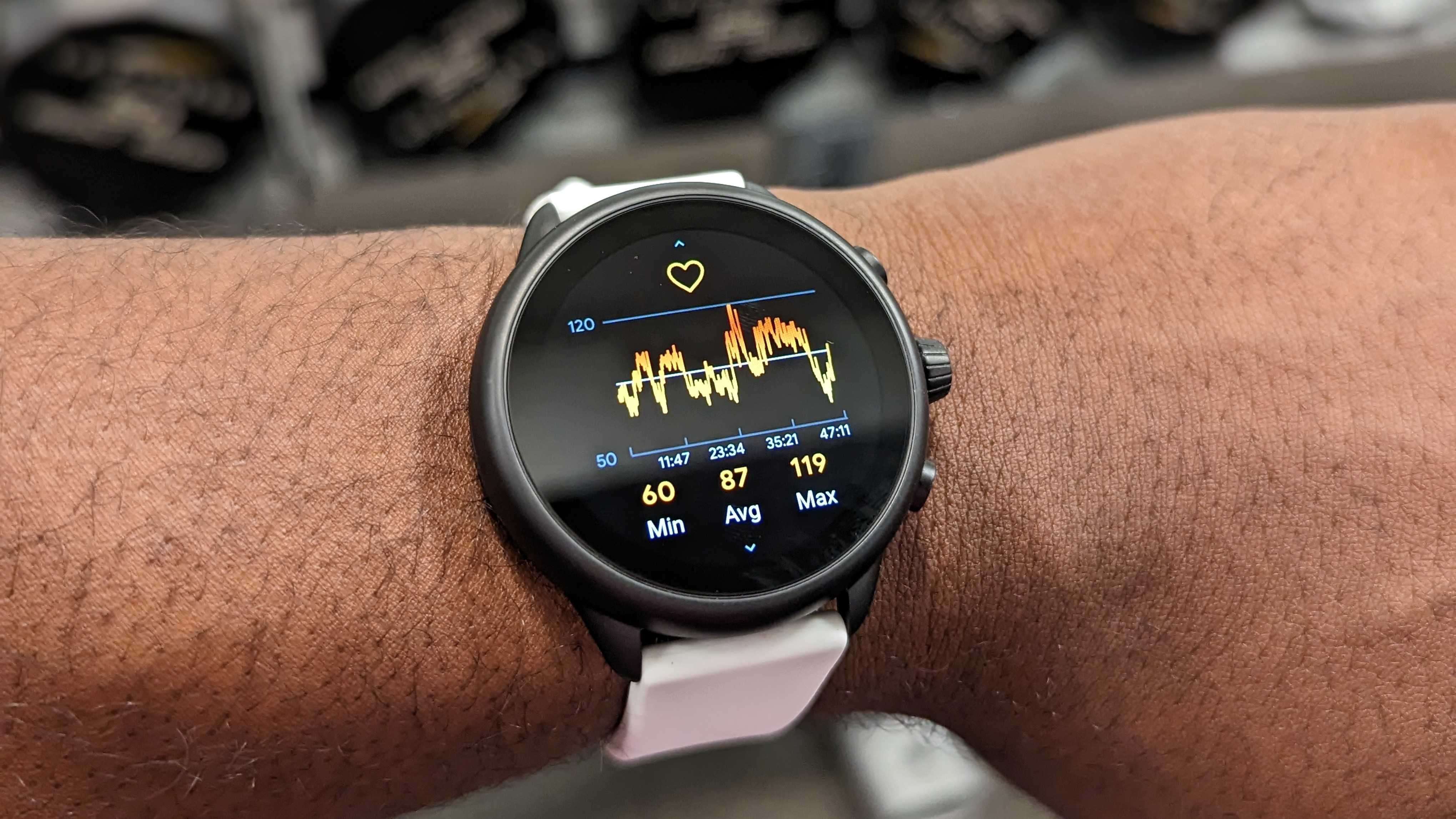
Because Fitbit prioritized health and fitness software above all else with the Sense 2, it lost several features found on the original Sense: music storage, Google Assistant support, third-party apps, and wi-fi downloads. It did gain Google Wallet and Maps support with this generation, and still has access to Amazon Alexa and Bluetooth calls from your phone. Otherwise, though, you're mainly buying this watch for Fitbit Premium.
The Sense 2 comes with six months' access to Premium, which takes your health sensor data and gives you reports on your sleep quality, skin temperature score, your health trends over the last ninety days, and current stress levels. Most importantly, you get a Daily Readiness Score that takes all your health info and recent workouts to calculate how tired your body is, so you can determine whether to work out hard or take it easy that day.
Unlike the Pixel Watch, the Fossil Gen 6 Wellness Edition doesn't have a Fitbit Premium equivalent. It relies on the Fossil Wellness app, which gives you essentials like sleep tracking, VO2 Max, resting heart rate, Spo2 data, active minutes, burned calories, heart rate zones, and workout history.
Beyond these basics, you have no sports modes beyond "indoor" and "outdoor" workouts, so you can't even differentiate between running, cycling, weightlifting, and so on when exporting data to your favorite workout app like Strava or Google Fit. And you don't get the same level of detail when it comes to health reports or guided workout programs.
Beyond fitness, the Fossil Gen 6 Wellness Edition has access to Wear OS 3, something we've been waiting for since Google announced the software in May 2021. Possibly because of this, Fossil is showing some growing pains with the new software. Apps can take too long to load, the watch sometimes disconnects from the companion app, and Google has yet to make its new watch version of Google Assistant compatible with Snapdragon-backed Wear OS watches.
Still, this only makes Fossil's watch fall short of other Android watches, and we hope these bugs will improve with time. Compared to Fitbit OS, which mainly delivers data for you to read on your phone and has no proper apps to speak of, it's no contest as to which watch gives you a better link to your phone for notifications and third-party apps.
Fossil Gen 6 Wellness Edition vs. Fitbit Sense 2: Which should you buy?
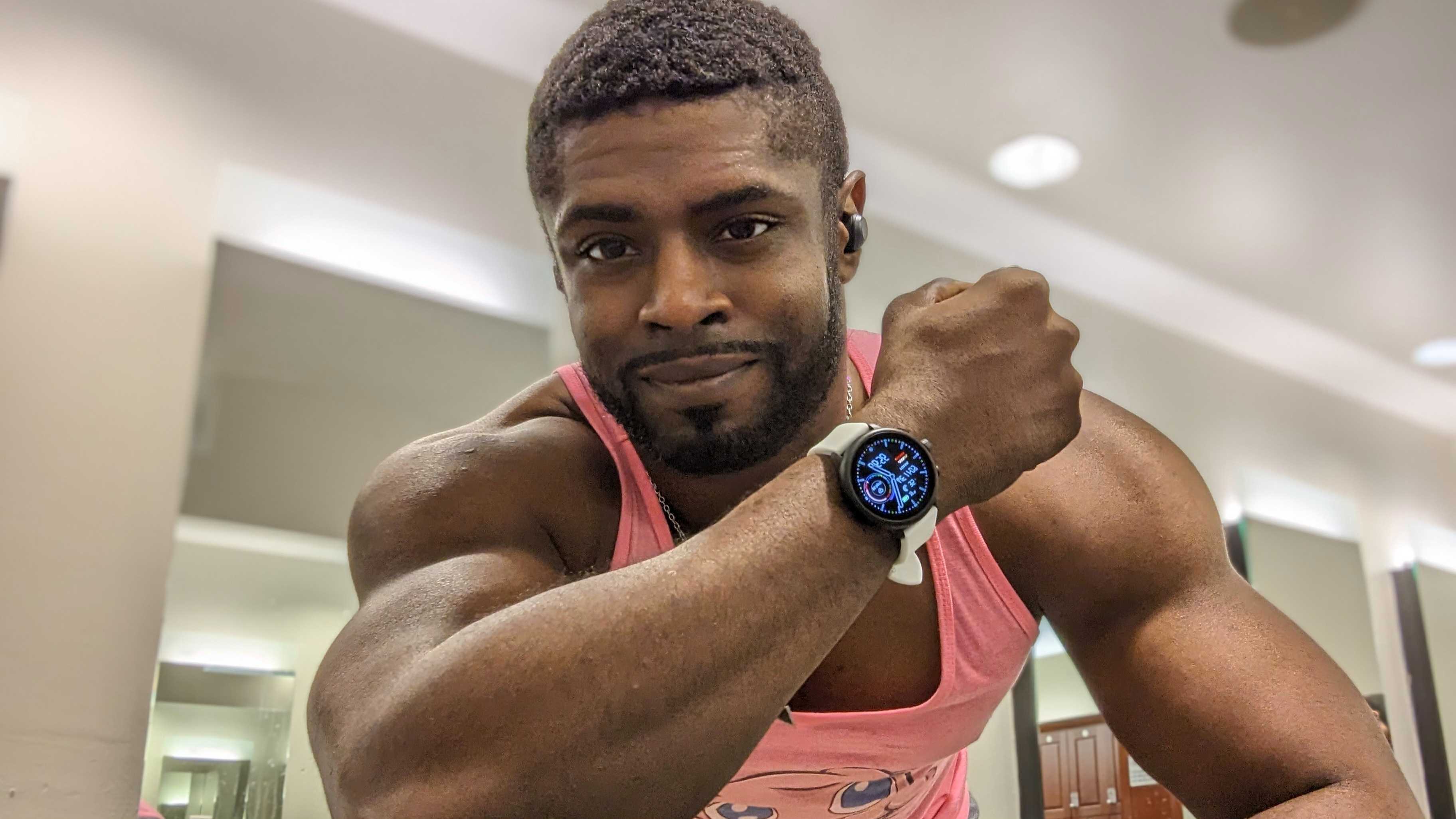
Excluding holiday sales, both the Sense 2 and Fossil Gen 6 Wellness Edition cost the same upfront. After your six-month Premium trial ends, you'll have to spend $80/year or $10/month to continue receiving health reports and guided workouts, and given the Sense 2's limited software, you may not want to buy it if you don't plan on using Premium long-term.
So should you "save money" on the Fossil Gen 6 Wellness, which gives you a basic suite of fitness tools but doesn't go beyond that? Ask yourself what kind of watch you want. Fitbit gives you useful health data, but if you're in a position to act on this data, it can sometimes be demoralizing rather than helpful. Fossil works for those who want to track cardio workouts using its Wellness app or another third-party Wear OS app like Strava, and don't need much beyond that to motivate them.

Choose the Fossil Gen 6 Wellness Edition for Wear OS integration, a stunning design that'll make a statement on your wrist, and some fitness tools that'll give you a general sense of your health and fitness progress. Don't buy the Gen 6 if you need a reliable battery life, waterproof design, or more in-depth guidance for getting fit.

Choose the Fitbit Sense 2 for reliable battery life, Premium health reports and guided programs, a stylish AMOLED display, and health data that'll warn you if anything is off with your body. Don't buy the Sense 2 if you want close integration with your iPhone or Android phone, or any major features outside of answering phone calls.
Be an expert in 5 minutes
Get the latest news from Android Central, your trusted companion in the world of Android

Michael is Android Central's resident expert on wearables and fitness. Before joining Android Central, he freelanced for years at Techradar, Wareable, Windows Central, and Digital Trends. Channeling his love of running, he established himself as an expert on fitness watches, testing and reviewing models from Garmin, Fitbit, Samsung, Apple, COROS, Polar, Amazfit, Suunto, and more.
